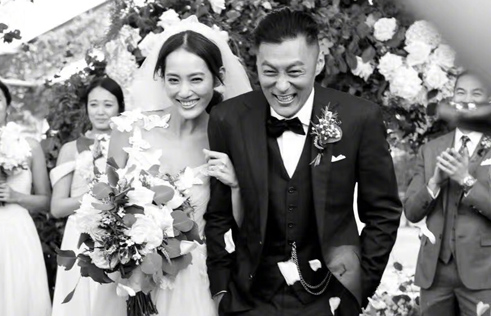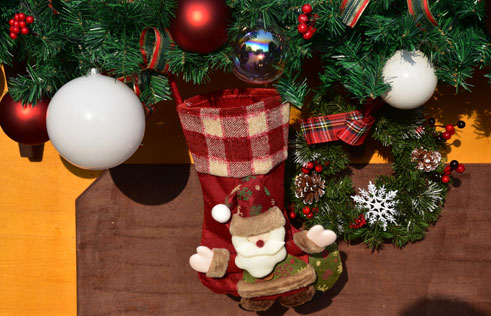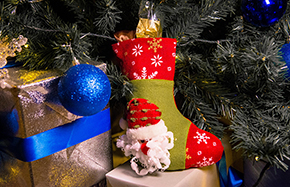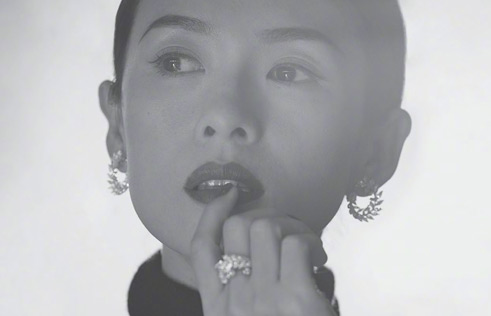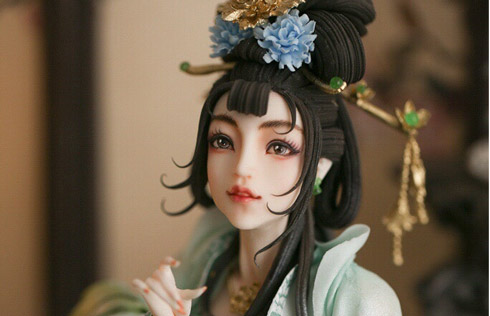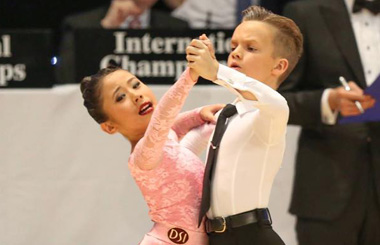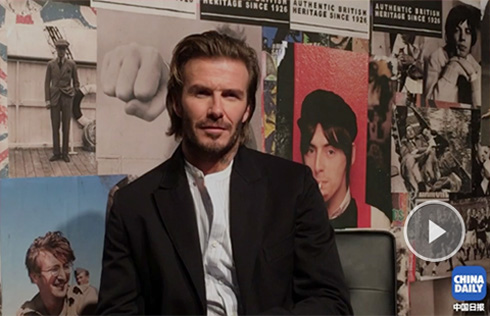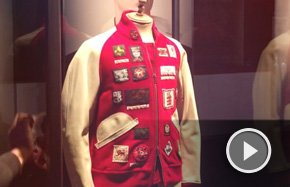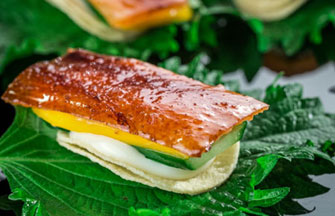The Historic Center of Macao
Appraisal
"The Historic Center of Macao" includes the oldest Western architectural heritage on Chinese soil today. Together with Macao's traditional Chinese architecture, it stands witness to successful East-West cultural pluralism and architectural traditions.
"The Historic Center of Macao" is solid testimony of the city's missionary role in the Far East while also reflecting the dissemination of Chinese folk beliefs to the Western world.
"The Historic Center of Macao" is the product of East-West cultural exchanges, constituting the most unique blend of cultural heritage existing in China's historic cities.
"The Historic Center of Macao" presents a complete social infrastructure that has encompassed and sustained the living traditions of different cultures.
History
Macao, a lucrative port of strategic importance in the development of international trade, was under Portuguese administration from the mid-16th century until 1999 when it came under Chinese sovereignty.
The emergence of Macao with its dual function as a gateway into China, and as Ming China's window onto the world, reflected a relaxation of certain restrictions combined with a degree of open-mindedness that offered a creative way to supplement China's vassal-state trading system and marked a turning point in the history of both China and Europe.
The settlement of Macao by Portuguese navigators in the mid-16th century laid the basis for nearly five centuries of uninterrupted contact between East and West. The origins of Macao's development into an international trading port make it the single most consistent example of cultural interchange between Europe and Asia.
For almost three centuries, until the colonization of Hong Kong in 1842, Macao's strategic location at the mouth of the Pearl River meant that it retained a unique position in the South China Sea, serving as the hub in a complex network of maritime trade that brought tremendous wealth and a constant flow of people into the enclave.
Cultural Pluralism
Macao, as the West's first established gateway into China, was remarkable in setting off a succession of connections and contacts that progressively enriched both civilizations across a huge range of human endeavor, both tangible and intangible.
People of different nationalities came, bringing their own cultural traditions and professions, permeating the life of the city as can been seen in both intangible and tangible influences. This is evident in the introduction of foreign building typologies such as western-style fortresses and architecture.
Macao also inherited various cultural experiences and regional influences, further developing these in conjunction with the local Chinese culture and blending them to produce the rich texture seen in the city's exceptional heritage.
Meanwhile, "The Historic Center of Macao" coincides with the heart of the Western settlement area, also known as the "Christian City" in history. Exposure to diverse cultures in this lasting encounter between the Eastern and Western worlds has therefore benefited Macao in assimilating a rich array of cultural heritage.
"Firsts" for China in Macao
During the late Ming (1368-1644) and early Qing (1644-1911) dynasties, missionaries from different European religious orders, such as the Jesuits, the Dominicans, the Augustinians, and the Franciscans, entered China through Macao. They made efforts to engage in missionary work and brought with them a certain cultural influence.
The missionaries introduced Western concepts of social welfare and founded the first Western-style hospitals, dispensaries, orphanages, and charitable organizations. Besides, they brought in the first movable-type printing press to be used on Chinese soil, and published the first paper in a foreign language.
As Macao was the base for the Jesuit mission in China and other parts of East Asia, Jesuit priests entering into China service would always come first to Macao where, at St. Paul's College, they would be trained in the Chinese language together with other areas of Chinese knowledge, including philosophy and comparative religion. Macao was thus the training ground for the Jesuit's mission to China and other parts of Asia.
St. Paul's College was the largest seminary in the Far East at the time, acclaimed as the first Western-style university in the region.
Other achievements of Christian missionaries in Macao include the production of the first English-Chinese Dictionary and the first Chinese translation of the Bible by Robert Morrison.
The worship of A-Ma in Macao originated with the folk beliefs of fishermen living along the coast of South China. Due to Macao's special position in channeling cultural exchanges between East and West, the A-Ma Temple has played a prominent role as the earliest reference to A-Ma worship abroad.



